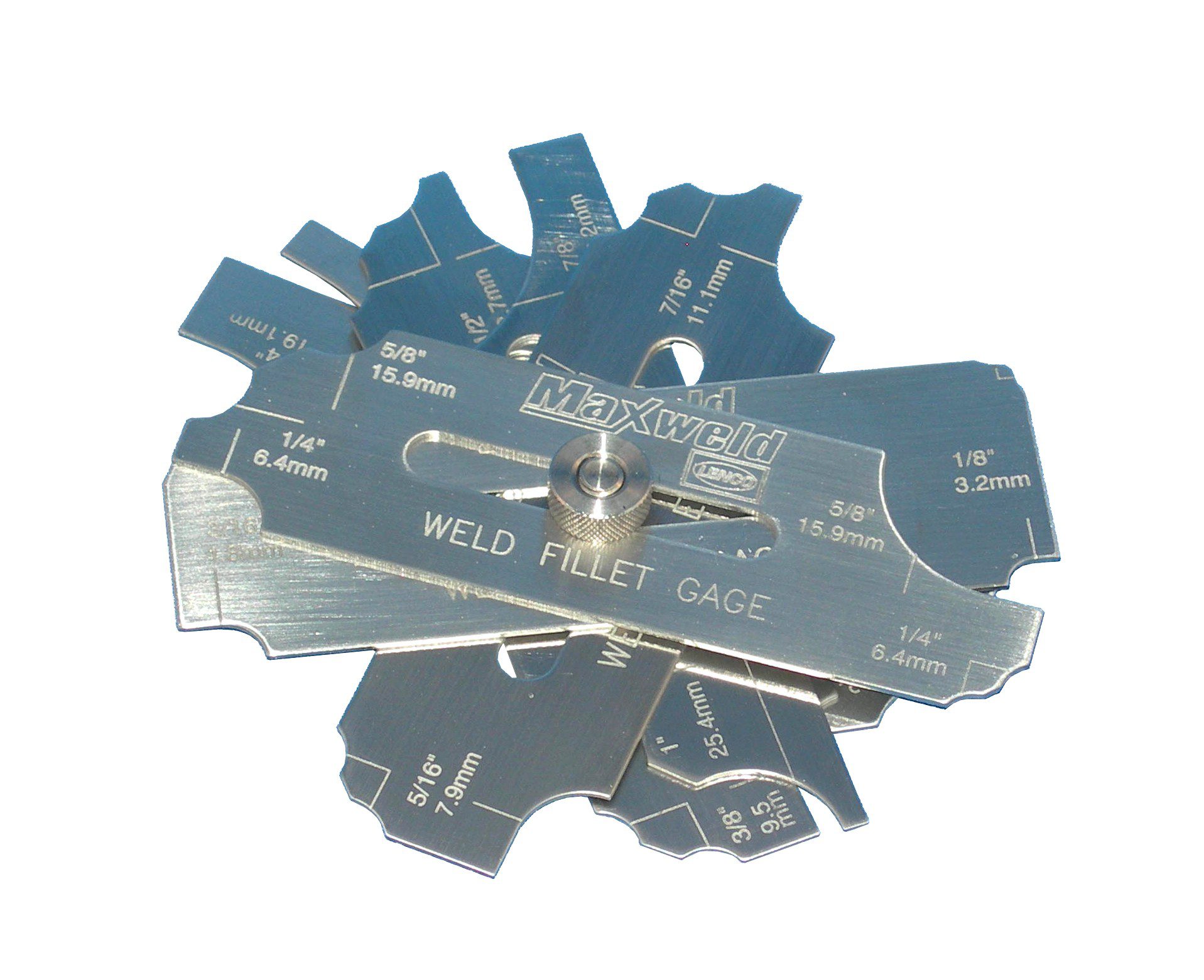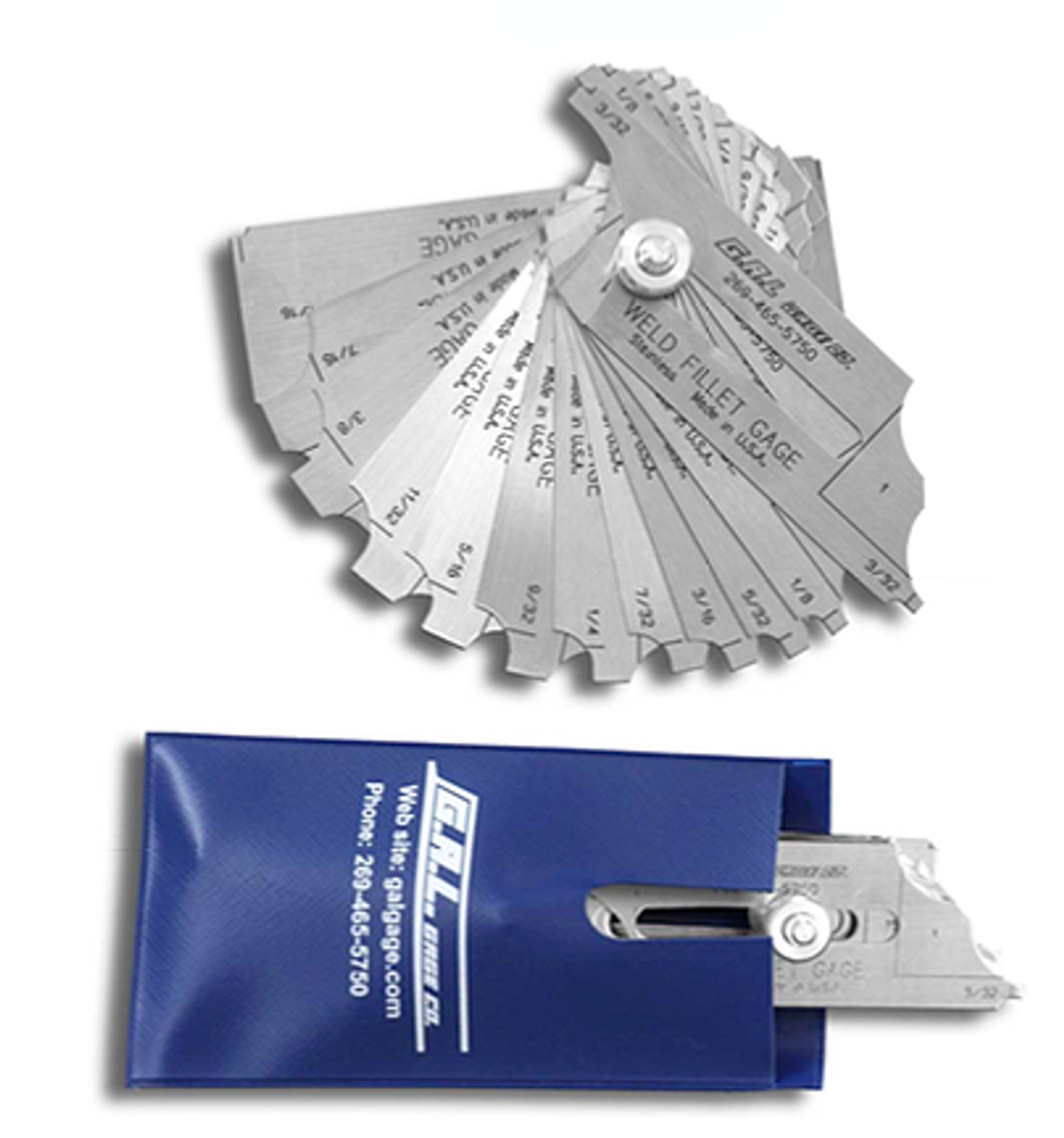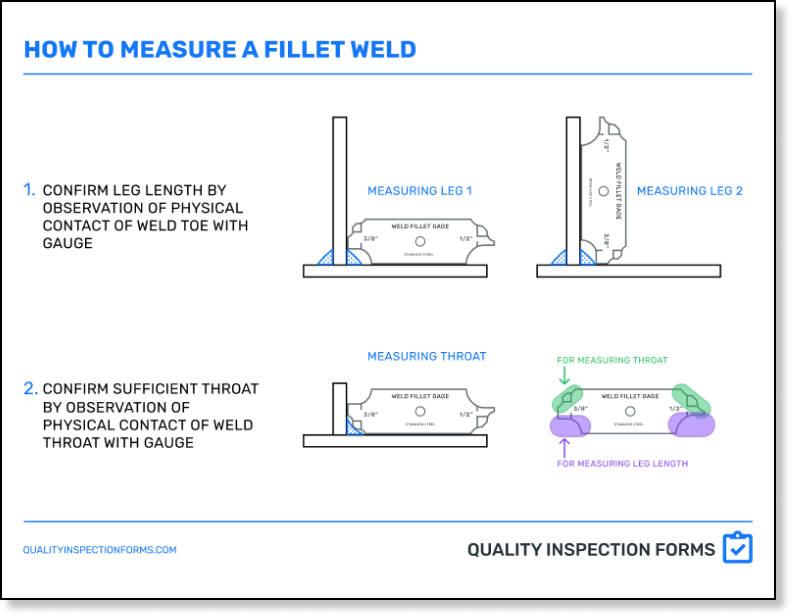Ingenious Strategies to Fillet Weld Examination and Screening: Enhancing Weld Top Quality and Compliance Criteria
In the realm of welding, the top quality and stability of fillet welds play an important function in making certain the architectural soundness and integrity of different commercial elements. With the consistent drive for enhanced performance and compliance with strict criteria, the exploration of cutting-edge strategies to fillet weld inspection and screening has actually ended up being necessary.
Advanced Non-Destructive Testing Methods
Utilizing cutting edge technologies, progressed non-destructive testing techniques play an essential function in guaranteeing the stability and top quality of fillet welds. These methods, such as phased selection ultrasonic testing (PAUT) and magnetic fragment testing (MPT), offer in-depth understandings right into the weld's internal structure without creating any kind of damages to the product. PAUT, for example, utilizes numerous ultrasonic components to inspect the weld from different angles, supplying a detailed visualization of possible defects like lack of fusion or cracks.
By employing these innovative non-destructive testing strategies, weld assessors can accurately analyze the high quality of fillet welds, making certain conformity with sector criteria and guidelines. The capability to discover problems early on not only boosts weld high quality but likewise avoids pricey rework or failures in structural honesty, underlining the relevance of these innovative screening strategies in welding evaluations.
Robotics and Automation in Assessment

The assimilation of robotics and automation has reinvented the inspection procedure for fillet welds, improving performance and precision in top quality evaluation. Robotics supply exact control and repeatability in evaluating welds, guaranteeing regular and trustworthy results. Automated systems can be configured to adhere to particular inspection paths, making sure comprehensive insurance coverage of welds and reducing the danger of human mistake.
Robot inspection systems furnished with innovative sensing units can spot and determine weld functions with high precision, providing comprehensive data for analysis. These systems can identify issues such as fractures, absence of fusion, and porosity, allowing punctual rehabilitative activities to be taken. In addition, robotics and automation permit for real-time information collection and evaluation, offering immediate comments to drivers and helping with quick decision-making processes.
Furthermore, using robotics and automation in fillet weld assessment enhances total productivity by reducing inspection times and increasing examination throughput. By simplifying the evaluation process, suppliers can ensure weld top quality and conformity criteria are satisfied efficiently, eventually bring about set you back savings and enhanced product high quality.
Utilizing Artificial Knowledge for Analysis
Fabricated knowledge plays an essential duty in improving the effectiveness and precision of analysis in fillet weld inspection processes. By taking advantage of the power of AI, assessors can enhance the evaluation of weld high quality and conformity requirements, leading to much more precise and trustworthy results. AI algorithms can swiftly process large quantities of information from weld inspections, identifying flaws or variances that might be challenging to determine with the nude eye. This advanced modern technology enables real-time monitoring of weld quality, permitting prompt rehabilitative actions to be taken if any type of concerns are identified.
Furthermore, AI systems can discover from previous assessment data, continuously boosting their capacity to recognize prospective defects and variances in fillet welds. This flexible discovering capability improves the general quality assurance process, decreasing the possibility of human error and making sure that welds satisfy the needed requirements. By incorporating expert system right into fillet weld analysis, sectors can accomplish higher levels of effectiveness, uniformity, and compliance in their evaluation practices.
Portable Equipment for On-Site Examination
Enhancing field examination performance, the adoption of mobile devices revolutionizes on-site evaluation procedures for fillet welds. These devices offer versatility and ease, permitting inspectors to carry out detailed evaluations in numerous areas, consisting of remote or challenging environments. Portable tools such as ultrasonic screening tools, magnetic bit evaluation equipment, and digital radiography systems offer real-time information and high-resolution imaging abilities, enabling quick decision-making and immediate responses on weld high quality.
One significant benefit of mobile tools is their capacity to enhance inspection procedures, reducing downtime and enhancing overall efficiency - Gauge Fillet Weld. Assessors can conveniently move these tools to various work sites, eliminating the need for transferring hefty machinery or elements to off-site centers. In addition, the transportability of these tools promotes cost-effectiveness by decreasing transport expenditures and speeding up inspection timelines
Moreover, making use of mobile tools for on-site evaluation promotes aggressive quality control procedures, as inspectors can promptly identify and resolve any potential welding check these guys out issues or inconsistencies. By integrating these ingenious modern technologies right into on-site assessment methods, welding specialists can ensure conformity with industry standards and boost weld quality, inevitably leading to boosted architectural honesty and safety in numerous welding applications.
Combination of Data Administration Systems

Having actually maximized on-site inspection procedures via the usage of portable devices, the following stage includes the smooth assimilation of data monitoring systems to additionally improve efficiency and data evaluation capacities in fillet weld assessment and testing. By incorporating information monitoring systems into the assessment procedure, organizations can streamline information collection, storage space, and evaluation. This integration allows for real-time monitoring of weld top quality, prompt identification of problems, and timely decision-making to remedy any type of concerns that might emerge throughout the evaluation process.
Data administration systems play a critical duty in streamlining assessment information, promoting very easy access for authorized employees, and ensuring information integrity and safety and security. Via the assimilation of these systems, assessors can generate detailed reports, track historic information for fad evaluation, and enhance general procedure efficiency. The combination of data monitoring systems allows smooth communication in between different stakeholders entailed in the examination procedure, cultivating collaboration and enhancing total top quality control steps. Ultimately, the combination of information administration systems serves to raise the requirements of fillet weld evaluation and screening, making sure compliance with sector regulations and enhancing weld top quality.
Verdict
To conclude, ingenious strategies to fillet weld assessment and testing have significantly boosted weld top quality and conformity criteria. Advanced non-destructive screening techniques, robotics, automation, expert system, portable tools, check this and data monitoring systems have transformed the means weld evaluations are conducted. By utilizing these innovations, industries can make sure that welds meet the needed quality criteria and policies, eventually boosting general efficiency and security in welding procedures.

Having maximized on-site examination processes through the use of mobile website link devices, the following phase involves the seamless assimilation of information monitoring systems to additionally boost performance and data evaluation abilities in fillet weld inspection and testing. Ultimately, the combination of data management systems serves to boost the requirements of fillet weld evaluation and screening, making sure conformity with market regulations and boosting weld high quality.
